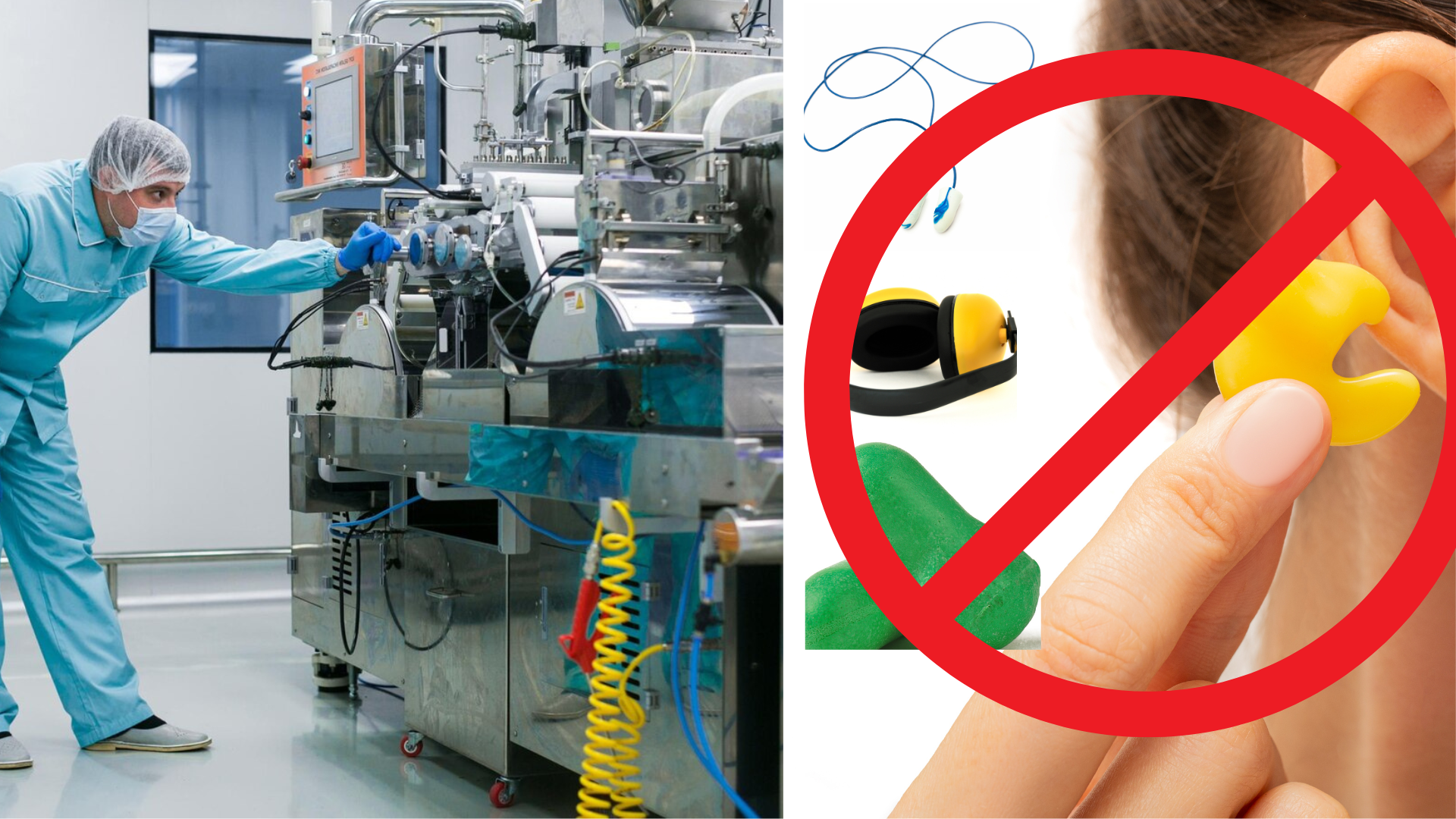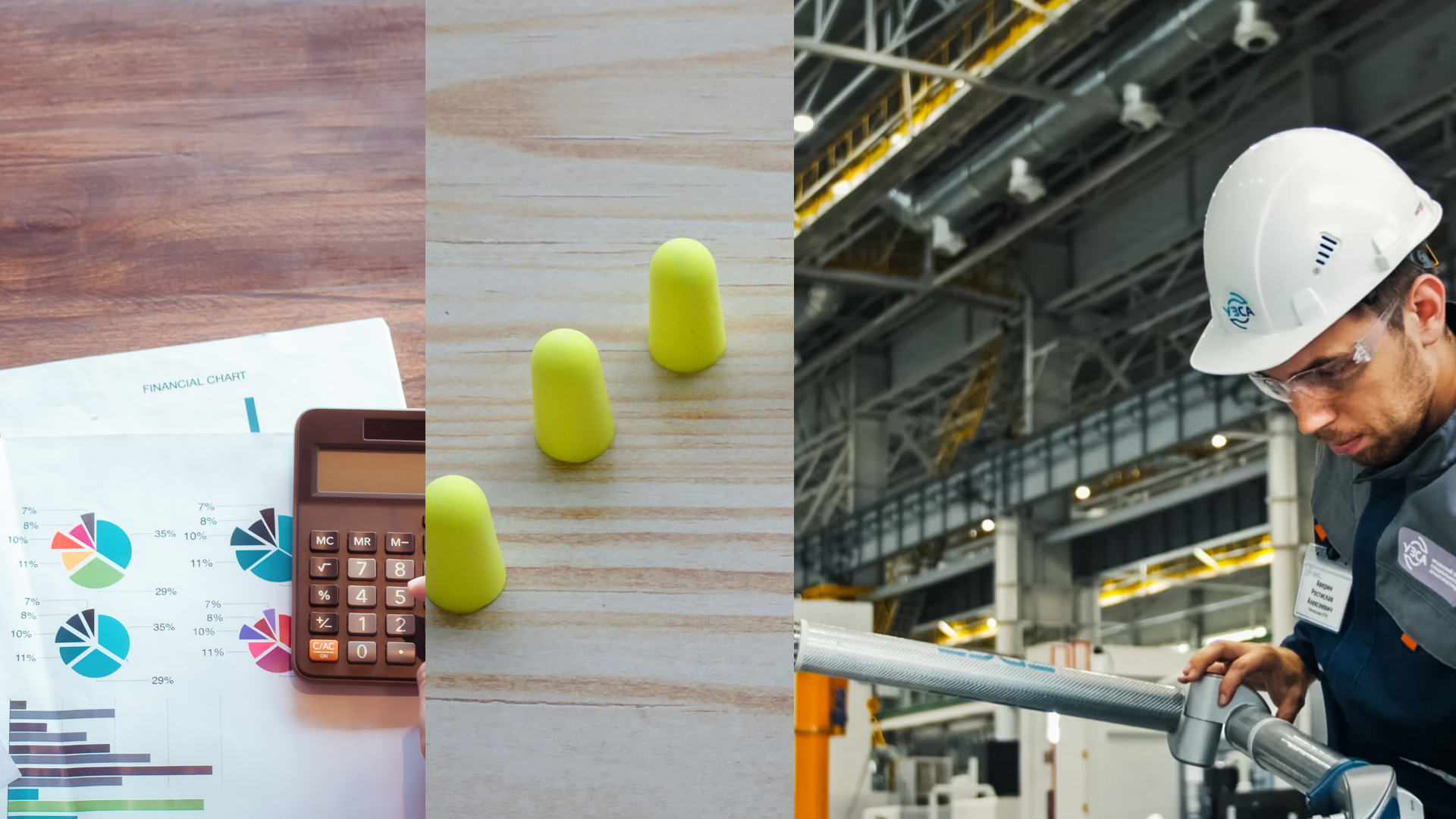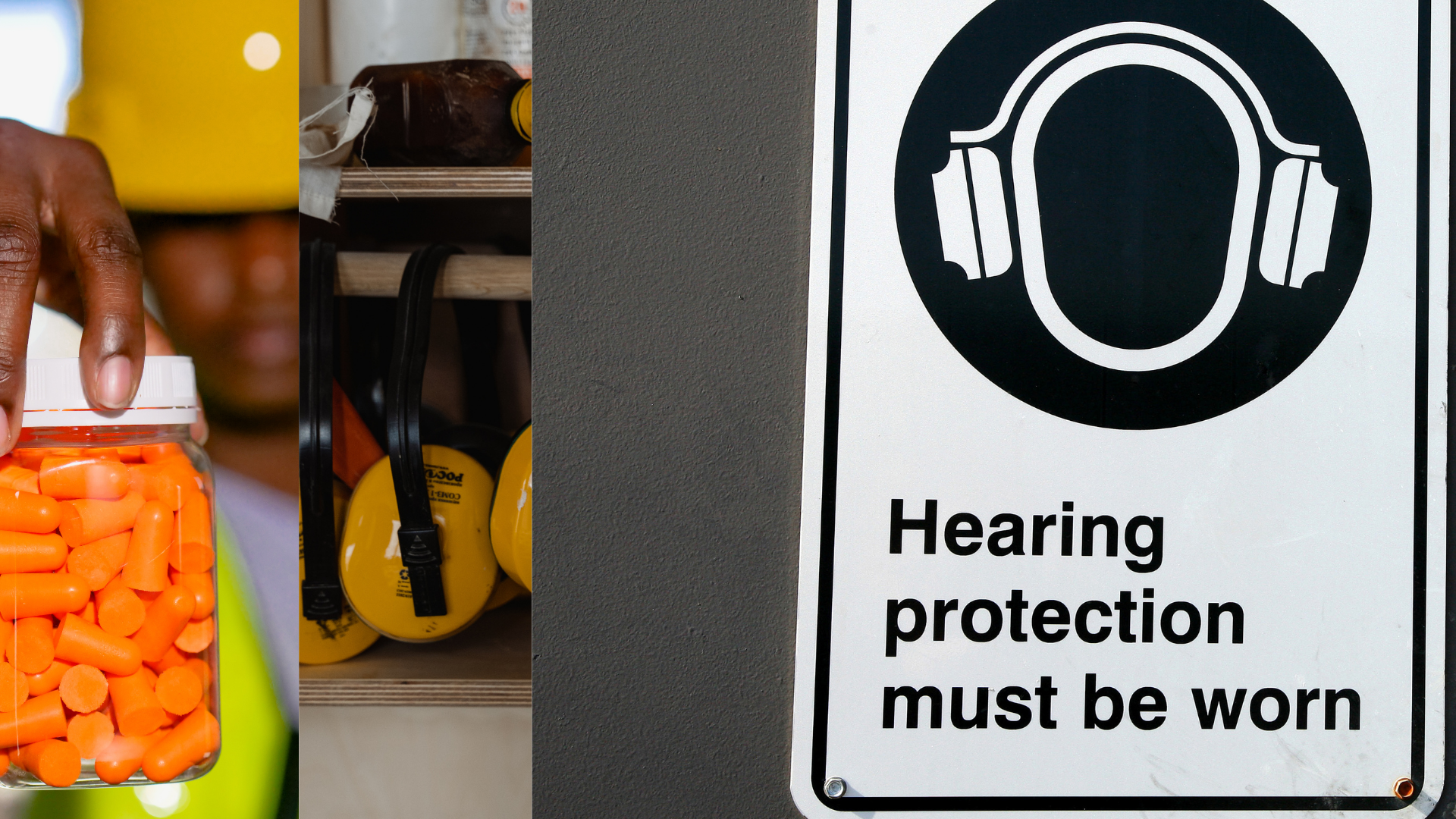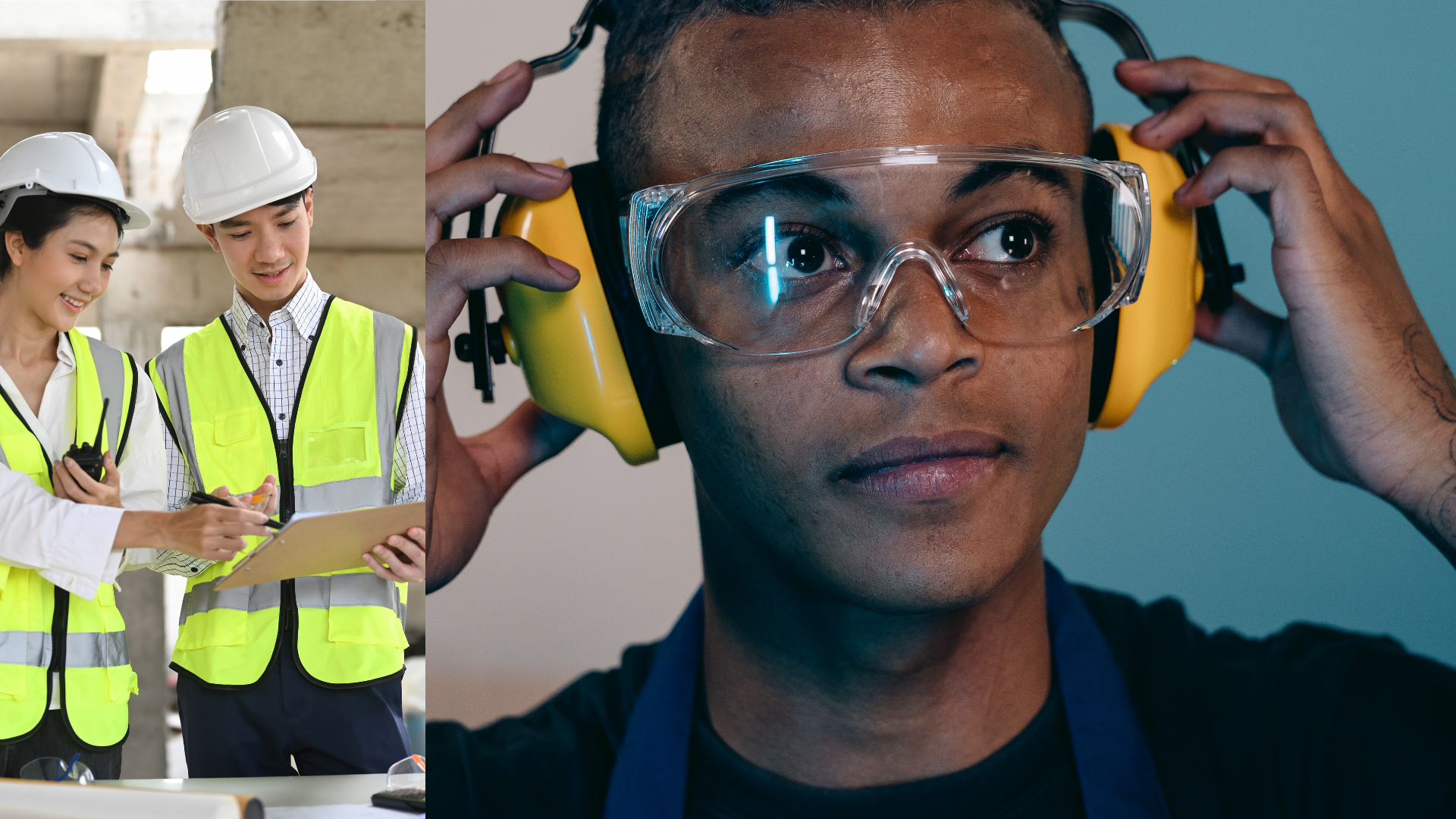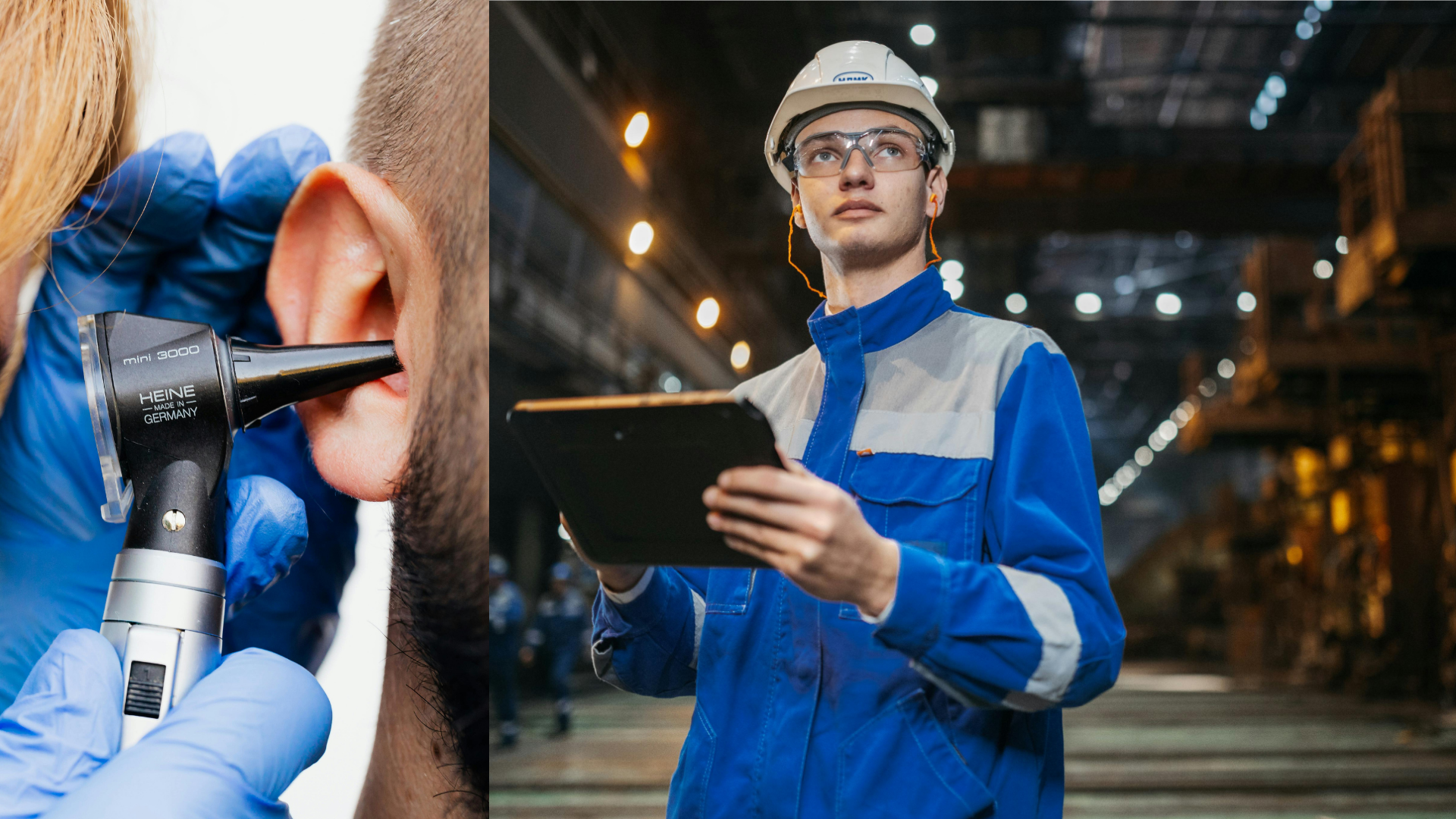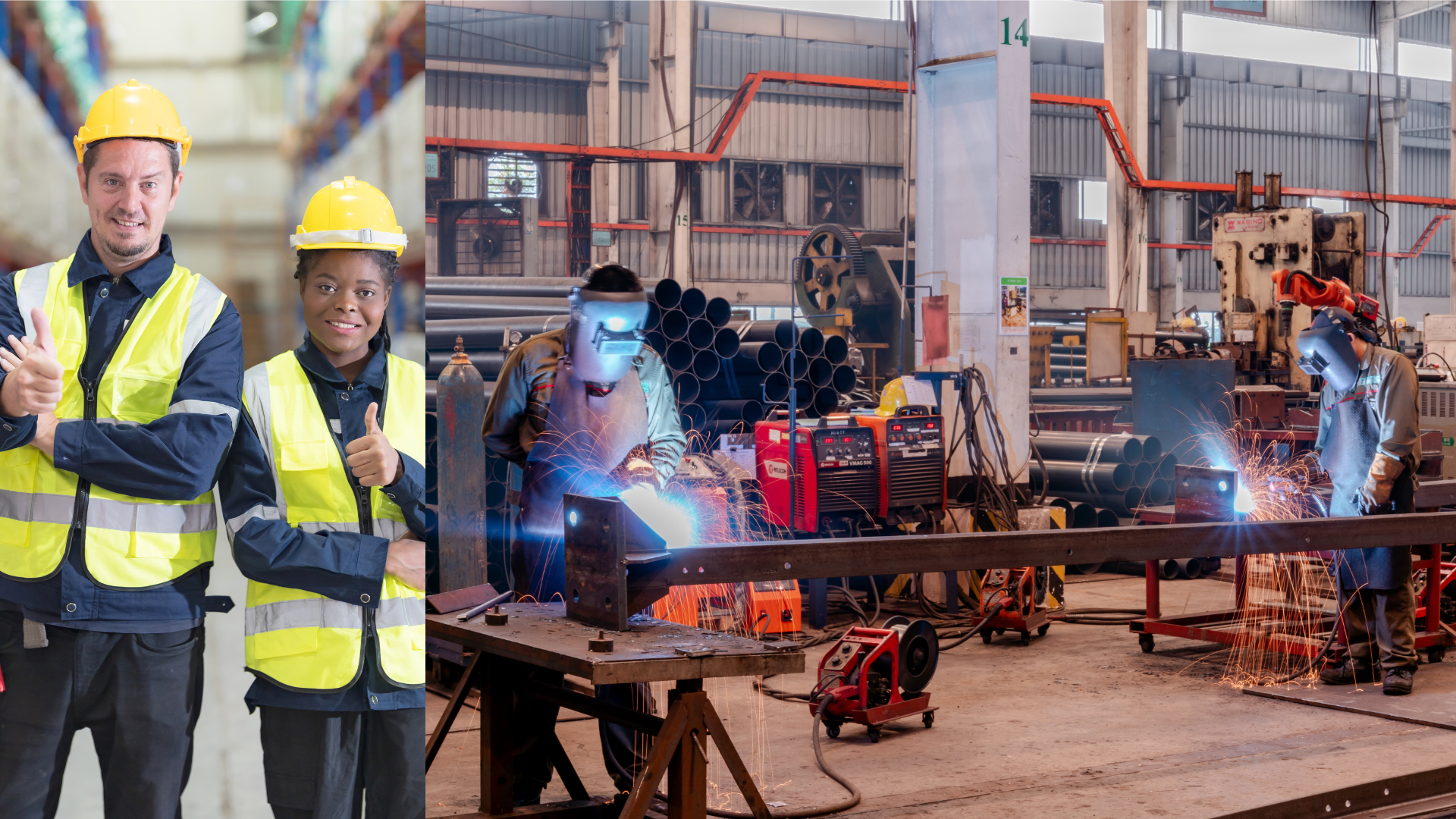Ear Fit Testing: Noise Reduction Rating vs Personal Attenuation Rating
As more and more awareness is raised around hearing protection fit testing, it's important to understand the common terms used when comparing fit tested PPE to lab tested PPE.
Two common descriptions of the effectiveness of hearing protection include the Noise Reduction Rating (NRR) and the Personal Attenuation Rating (PAR).
Basics of hearing protection fit testing
What is a hearing protection fit test?
There are several types of hearing protection fit testing, but one of the most popular tests is similar to a hearing test. The employee is tested with and without hearing protection, and the results are compared to determine their Personal Attenuation Rating.
Why fit test employee hearing protection?
According to a NIOSH study in 2017, hearing protectors are the 2nd highest expense in a hearing conservation program, second only to the program manager’s wages.
Fit testing allows you to make sure you’re getting the results you need (and paid for) out of the hearing protection. It can also help identify employees who may benefit from using a different type of hearing protector due to fit or use issues.
What is the difference between NRR vs PAR for hearing protection?
The noise reduction rating provides an estimate of attenuation that could be expected under lab conditions. However, it’s important to remember that it’s an estimate, and every ear is unique. To estimate the real-world reduction an employee will receive, you can take the labeled NRR, subtract 7, and divide the result by 2.
For example, a hearing protector with an NRR of 25 would have an estimated reduction of about 9 dB. While this would be adequate protection for a TWA of up to 99 decibels, any higher exposure risks under protecting the employee.
The personal attenuation rating is unique to each person tested – it’s based on their responses with and without hearing protection. PAR is also not subject to derating – and often, it’s higher than the noise reduction estimate.
Hearing protection fit testing: the bottom line
Fit testing your employees throughout the year is an excellent way to ensure they are getting the value out of their hearing protection. Not only will it verify who is using them correctly, but more importantly, it’ll provide warning of employees who may be at risk of a Standard Threshold Shift.
Click to find out more or give us a call at 888-972-4420!


